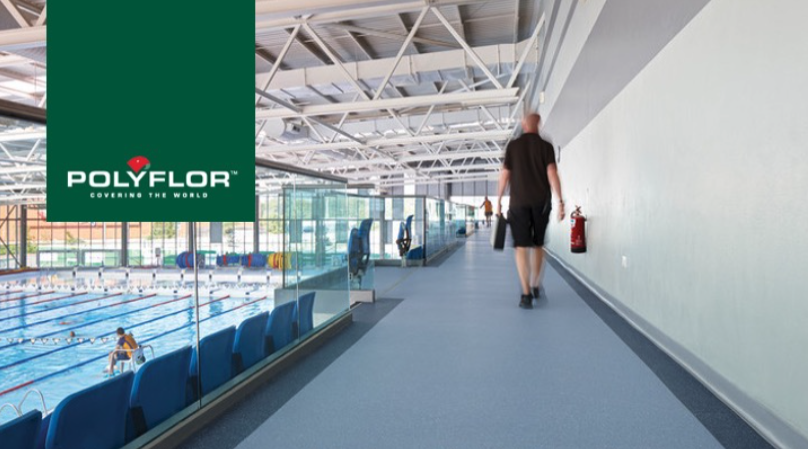The Specification of Safety Vinyl Floor Coverings

Safety vinyl floor coverings are well established in the UK and are extensively used in schools, hospitals and other buildings.
Despite this, significant misunderstandings around the specification, requirements and use of safety flooring, still remains.
The following presentation: clarifies the definition of a safety floor covering with sustainable slip resistance; explains how to correctly specify a safety flooring; corrects some common misconceptions and gives further information on floor types as well as future developments.
What is a Safety Floor?
Many resilient floor coverings are available with a wide range of performance characteristics and slip claims. It is essential to choose a product which has a performance matched to its end use areas.
Manufacturers claims for slip performance can often be misleading or misunderstood. Although there is no ‘official’ definition of a safety floor, it is generally accepted in the UK that a ‘True’ safety floor product must be particle based and meet the requirements of EN13845.
The presentation covers:
- Introduction to Polyflor
- Definition of a safety floor
- Comparison of safety floors
- Requirements for safety floors
- Safety floor specification and sustainable slip resistance
- Common misconceptions with safety floorings
- Types of safety floorings
- Future of safety floorings
Please download the full presentation slides including notes here
This presentation was created by Dr. Mike Minett from Polyflor. Polyflor is the leading manufacturer of resilient vinyl floor coverings in the UK and is part of the James Halstead Group which in 2015 celebrated it’s 100th anniversary. Polyflor has been manufacturing safety floor coverings in the UK since 1983. Growing the business and developing new products for a wide range of end use of applications which require slip resistant floorings.
(Published 11/2022, reviewed 02/2024)
Become a member and get involved in the UK Slip Resistance Group
More
